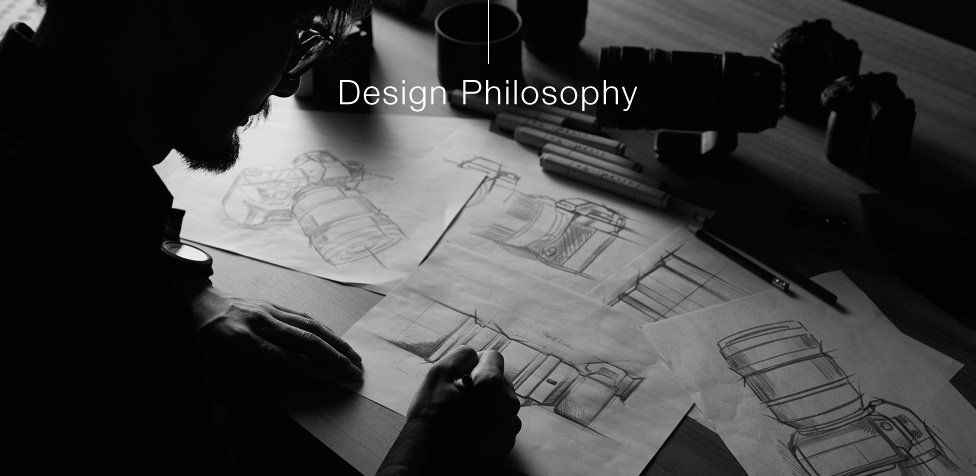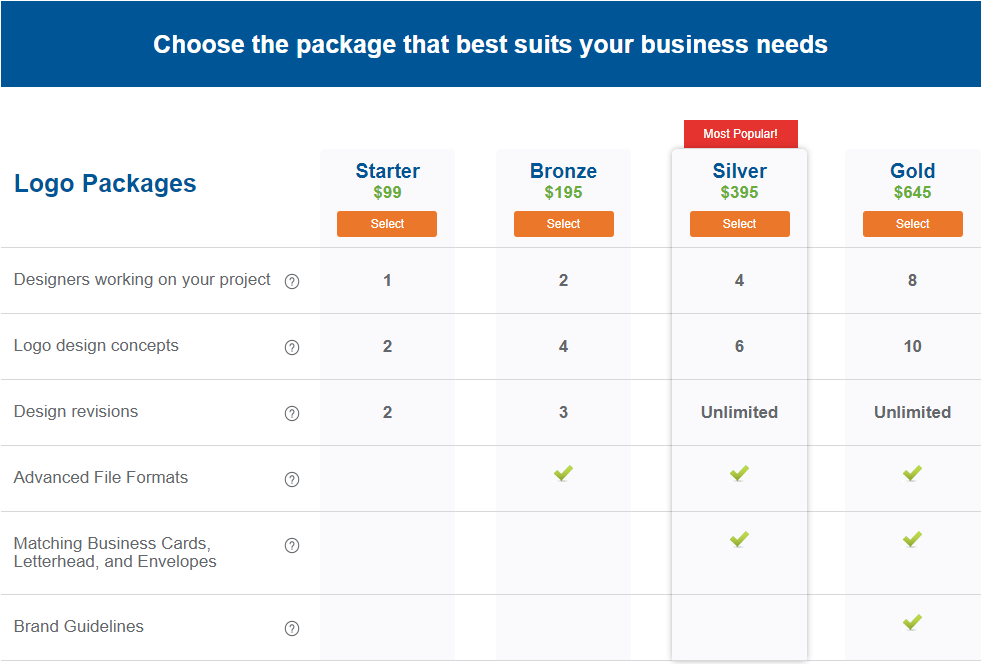Table Of Content
This website is using a security service to protect itself from online attacks. There are several actions that could trigger this block including submitting a certain word or phrase, a SQL command or malformed data. The mission of the MIT Sloan School of Management is to develop principled, innovative leaders who improve the world and to generate ideas that advance management practice. As Dieter puts it, “good design emphasizes the usefulness of a product while disregarding anything that could possibly detract from it.” No matter how pixel-perfect your interface, you need to make sure that it works. Need a hand drawing backwards and creating a philosophy that moves your team forward? How is your team supposed to hit the target if they don’t know where it is?
design philosophies to live and design by
They’re like the rules of engagement for any design challenge, providing practical guidance that ensures every step aligns with the designer’s core beliefs, or at least what they want to believe in until the next design crisis hits. In today’s ever-evolving world, industrial design stands at the forefront of innovation and user-centered product development…. Judicial interpretation plays a crucial role in shaping the evolution of the Constitution by elucidating its moral content and resolving conflicts in interpretation.
Kallan & Co's Luca Picardi on his philosophy of digital product design - Econsultancy
Kallan & Co's Luca Picardi on his philosophy of digital product design.
Posted: Fri, 09 Feb 2024 08:00:00 GMT [source]
Design process
This will help you make choices that are consistent with your core values. We will infuse our products and services with playfulness to create engaging and enjoyable experiences. Japanese industrial designer Naoto Fukasawa is someone I admire for his work and outlook on life. His “without thought” philosophy revolves around the simplicity of everyday living.
Search form
However, this is only one form of what it means to be an interaction designer. While form and function is one of the design philosophies that most designers have already heard of, delight is an area that needs to be discussed more often. Every product needs its points of differentiation when all else is equal.

Japanese industrial designer Naoto Fukasawa questions why users should have to think about how they interact their devices – shouldn’t it be instinctive? After all, seamless user experiences are born of connected interactions between a person and an object, a user and an interface. Naoto hits the nail on the head with his philosophy on thinking and designing intuitively.
Your “new” design philosophy in practice
Some products with cult followings that offer unbeatable value to customers can get away with a design that leaves something to be desired. Form, of course, must serve a function and make the product even easier and enjoyable to use. As a product becomes more mature in the market, mastery of both form and function becomes more attainable. The main purpose of Scandinavian minimalism is to create design things that improve everyday life – efficient solutions that are built to last. Nordic design – that is, of Denmark, Finland, Iceland, Norway and Sweden – is known for its minimalist style.
Responsive Design: Best Practices
Sent every Thursday and featuring a selection of the best reader comments and most talked-about stories. The lobby was divided into a variety of spaces separated by built-in shelving and furnished with brightly coloured editions of modern furniture, most of which was supplied by Vitra. Working with US architecture studio Baskervill to create the symmetric facade, which features wide spans of black steel interspersed with wide windows, with a stretch of aluminium panelling above the entrance.
‘We all have our philosophies, whether or not we are aware of this fact, and our philosophies are not worth very much. But the impact of our philosophies upon our actions and our lives is often devastating. This makes it necessary to try to improve our philosophies by criticism. This is the only apology for the continued existence of philosophy which I am able to offer’ (Popper, 1974, p. 33). The owner of this final design doctrine is usability and research expert, Jared M. Spool.
A vision for your future
The Constituent Assembly debates are crucial for understanding these intentions and ensuring that contemporary interpretations align with the foundational goals of social justice, equality, and freedom. Contrary to the belief that constitutions are merely legal documents devoid of moral implications, the Indian Constitution embodies a profound moral vision. Laws within the Constitution are not disconnected from values and morality; they often reflect deeply ingrained societal principles. The double-height entrance space features a floor-to-ceiling glass wall that wraps the corner of the block.
Additionally, the project encompasses administrative areas, exhibition spaces, and outdoor recreational areas. As an architectural theorist and professor, he decided to follow this philosophy of his to represent the past, showing the horror of history while integrating it with hope for a better tomorrow. One of the most famous works of Frank Gehry applying this philosophy is the Guggenheim Museum, a truly radical design. Therefore, if we will ourselves into being through our creations, our creations will be molded as a reflection of how strong our will, ability, and methods to achieve those ends as design.
In this guide, we break down the core concepts of a design philosophy and show you how you and your team can go about creating one for yourselves. Visual design is about creating and making the general aesthetics of a product consistent. To create the aesthetic style of a website or app, we work with fundamental elements of visual design, arranging them according to principles of design.
Design is more than just aesthetics and functionality; it encompasses a deeper philosophy that drives the creative process and shapes the outcome of every product or solution. This philosophy is known as design philosophy, and it plays a fundamental role in the world of product design. It is the guiding force that defines the purpose, values, aesthetics, and principles behind a design. Design philosophy sets the stage for innovation, user experience, and the overall impact of a product. At its core, design philosophy is the underlying belief system and set of principles that inform the creative decisions made by designers.
If you believe that design has the power to transform interactions into meaningful experiences, like trust, relevance, and playfulness, then you can adopt the following design philosophy as an example. Successful design projects often exemplify the application of design philosophy. Design philosophy goes beyond being a theoretical framework; it plays a crucial role in guiding the decision-making process throughout a design project. By applying your design philosophy, you ensure that every aspect of your design aligns with your overarching principles and goals.
But how might we come to know when the design is most appropriate to serve our stakeholders? Horst Rittel (1988) remarked in his work, “The Reasoning of Designers,” “…that all deliberations terminate with judgments (“Good enough! “, e. g. ) which may be ‘based’ on the deliberations, but are not derived from them” (p. 5). Epistemic as it applies to the ways a designer seeks to know the situational truths that pervade a design situation or problem space. As I mentioned before, I believe good designers work by acknowledging the immediate and future implications of their designs on stakeholders.
Within this innovative space, students can fully immerse themselves in our hands-on learning philosophy, exploring various digital and analog design processes using a wide range of tools. The IE University Fab Lab is a distinctive learning environment where students can bring their ideas to life through experimentation, innovation, and high-quality design. This space enables students to create and test their projects using state-of-the-art digital fabrication technology, as well as traditional woodworking tools, ceramics, and casting equipment. When a team from MIT’s Integrated Design and Management program together with the design firm Altitude took on that task, they met with walker users to interview them, observe them, and understand their experiences. Since then, the design thinking process has been applied to developing new products and services, and to a whole range of problems, from creating a business model for selling solar panels in Africa to the operation of Airbnb.
In fact, Rams usability-over-aesthetics philosophy actually birthed the modern minimalist design movement. See how design choices, interactions, and issues affect your users — get a demo of LogRocket today. We strive to make our products and services accessible and inclusive, catering to all users regardless of background or ability. Design principles, on the other hand, are actionable rules that stem from this overarching philosophy.

No comments:
Post a Comment